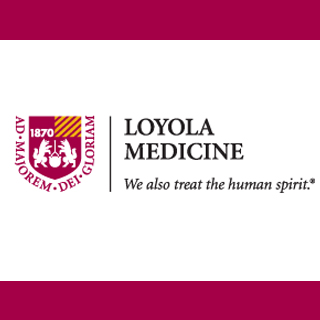
But a new study from Loyola University Medical Center claims that these tests are apparently ineffective and could cause considerable threat to public health. Paul Schreckenberger, Ph.D., director of Loyola’s clinical microbiology laboratory mentioned that application of these exams could postpone effectual treatment with antiviral medication for vital hours for a huge amount of high-risk patients who apparently recorded a false negative with the rapid tests.
One of the studies assume that that one test apparently triggered a false negative about 49 percent of the time, implying that it diagnosed H1N1 only 51 percent of the time. Another study discovered that the test produced a false negative about 82.2 percent of the time, hinting that H1N1 is diagnosed only 17.2 percent of the time. A study in Emerging Infectious Diseases, found that apparently a test activated a false negative 88.9 percent of the time, so H1N1 supposedly gets diagnosed only 11.1 percent of the time.
Schreckenberger commented, “People who actually are infected with H1N1 are being sent home without treatment. Those in high-risk groups could face serious illness. As for the others: maybe they go back to work; maybe the children go back to school and infect others. The effectiveness of these test is not acceptable and reporting false results is a public health hazard.â€
Loyola apparently uses a molecular-based test that diagnoses about 98 percent of people who are positive for influenza, as per Schreckenberger. The test includes a 24-hour turnaround time. Nevertheless, about 90 percent of all hospital labs in Chicago and across the United States make use of rapid tests to verify a diagnosis. A few hospitals use the rapid tests but may ensure all negatives with a more precise test.
The tests are claimed to be so imprecise that physicians are being told by public health officials that they ought to deem anyone displaying flu-like symptoms as infected with H1N1. Also, public health agencies have apparently started following people with flu-like symptoms instead of cases established by the rapid tests since they know the tests are undependable.
